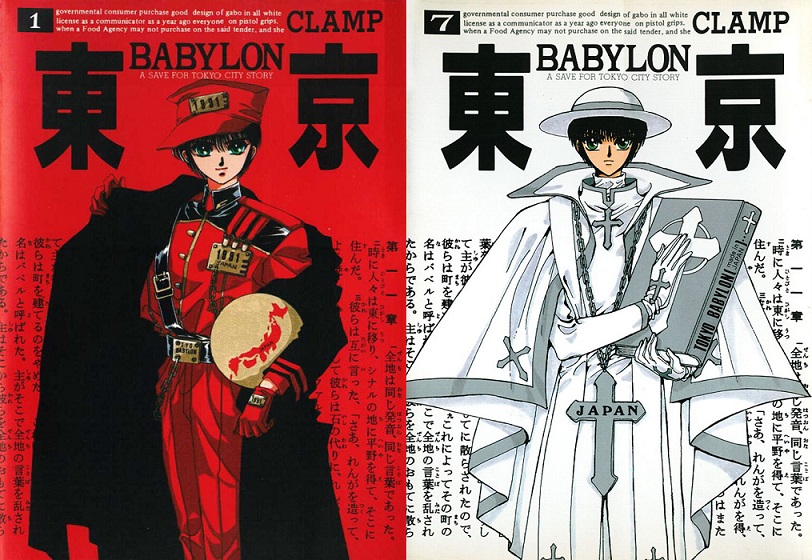"Dream A Little Dream of Me"
Back in 2009, it was my second time to be a freshman in college (and my third course at that). To ensure that I stayed focused, I joined the student paper and there I met the associate editor who became my mentor in many ways than one; and he introduced me to Neil Gaiman's The Sandman series. I felt his excitement when he started to share this piece of literature with me, and I was greatly touched. I then ventured on with the knowledge that this is the first time I will ever consume the medium in a graphic novel form (that being collected into a single edition as oppose to monthly individual issues which I was more accustomed with in high school--I read a lot of X-Men back then). I have a pretty limited view of comic books before this; my doses of the medium are all about superheroes. So when I encountered this first volume of The Sandman, I was not expecting to find a delectable juxtaposition of gothic elements, cultural folklore, and historical fiction. But it's exactly what I got and it changed the way I appreciated comic books.
Preludes and Nocturnes was not immediately an impressive volume, however. It was a straightforward adventure-mystery that featured the mythos of the Endless--seven anthropomorphic representations of enduring concepts, and that titular character is the surly and enigmatic Dream, lord shaper of stories (who will be known as Morpheus in later issues). He was imprisoned for 75 years by a cult, thus screwing up most people's sleep and dreams for the next few decades. It was a great premise, filled with potentially exciting directions, narrative-wise. And it was indeed a thrill to journey on. Dream escapes and begins to gather his personal items across the murky metropolitan streets, the hellish landscape of inferno and within the tapestries of a psychotic mind.
I was familiar with some facets of the DC Universe while reading the volume, so seeing Doctor Destiny was something that made me crack a smile--and then it completely disturbed me because Gaiman utilized his character in an incomprehensibly horrific way. The presence of John Constantine was another bonus treat, because I was also between my readings of his own Hellblazer series right around that time.
The plot of Preludes was simplistic enough to follow and yet still fascinating to encourage any new reader to keep going. I managed to finish everything in two hours during a random afternoon at home. I was drawn to Dream fairly quickly (who doesn't love tall, brooding men?), and by the end of the Doctor Destiny storyline, I was already enthralled. But it was in the final story The Sound of her Wings which transformed that endearment into full-blown intoxication.
In that story, we are introduced to Gaiman's enduring version of the reaper: a bubbly, raven-haired lanky beauty who is the personification of Death, and also the older sister to our brooding hero. Gaiman has indeed found his voice when he wrote this installment; Death was instantly likable; she understood her duty as the mother of endings, and she showed Dream that with death comes possibilities as well. No longer swayed by fleeting morose moods, Dream then accepted that he too has an obligation as the guardian of dreams and stories; and he will once again earnestly build his empire in the Dreaming now that he has a renewed sense of purpose.
Truly, Preludes and Nocturnes is a great start for this series and opens more doors for its author and fans. One can see why this series is praised for its creativity and originality, and has definitely become a worthy legacy that only someone of Gaiman's caliber can achieve.
RECOMMENDED: 7/10
* A remarkable premise that is about to get better from here on out. Teeming with creative potential, Gaiman's work is bound to be the timeless classic as it had become by now.





Comments
Post a Comment